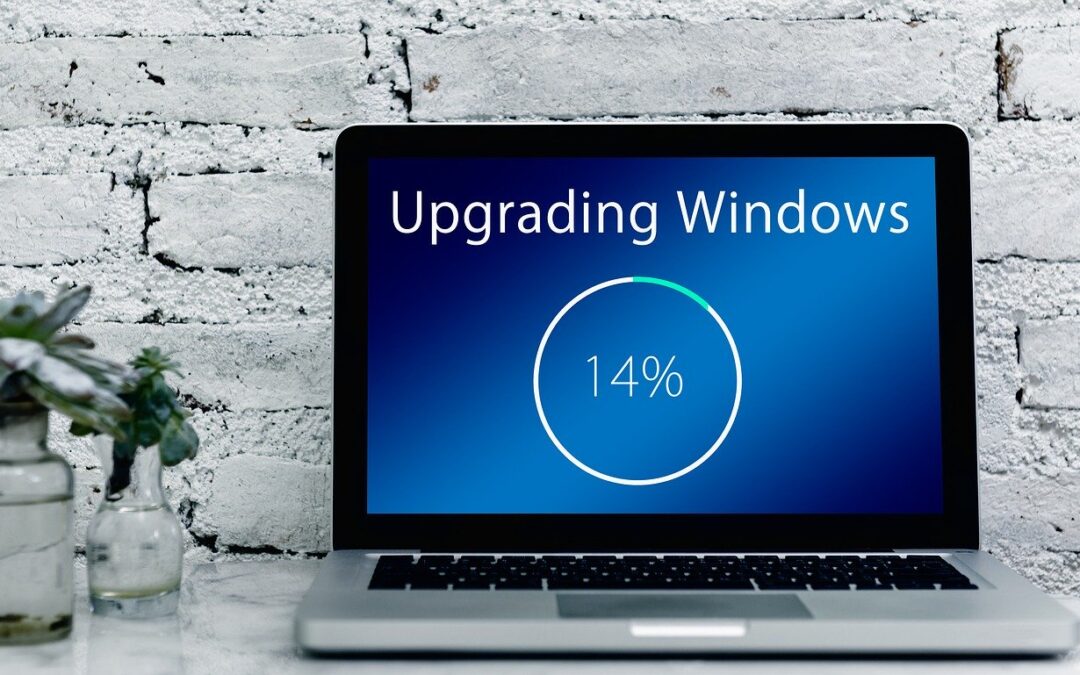Windows 7 And End Of Life. Why Up To Date Patches And Systems Matter
If you’re still using Windows 7, Microsoft will no longer offer security updates or support from 14th January 2020. In fact, it was January 2015 when Microsoft stopped offering any kind of mainstream support, the only support available being an extended version that is soon to end. Although nothing is stopping you using Windows 7, is it worth paying out for help with an outdated version? Our advice would be to upgrade to Windows 10 to make sure you have all the bug fixes, security patches and functionality you need to stay safe. Security risks caused by outdated systems are expensive. Protect yourself and stay up to date.
Keep All Your Software Updated For Minimal Security Risk
A common reason people stick with outdated software is that their existing hardware or software is incompatible with the latest release. So, if you’re thinking of upgrading to Windows 10, be sure to check your hardware will work with it by doing an audit of all your workstations. Office 365 is a particularly common platform for many businesses, but it’s surprising how many use an older version. As well as being a security risk, your liability increases. Don’t fall into the trap of ‘making do’, get your software updated and don’t take risks.
Monitor Cloud Platforms For Manual Updates
Although most cloud platforms update automatically, this isn’t always the case. Sometimes a user needs to click a button and let the updates work their magic in the background. Unfortunately, as many people don’t realise this, hackers have tapped into this vulnerability. If you’ve recently updated your cloud platform, make sure your older settings are still correct. Doing updates can revert these back to default without you knowing.
Protect Yourself As Much As Possible
The more protection you have, the better. Here are just some of the things you can do:
Backup often.
Use a combination of cloud-based and offline backup for ultimate protection. Backup once a week and leave one backup off-site. Consider a paid storage service but don’t allow infected files to sync to the cloud.
Regularly update software.
Stay one step ahead by making sure all Microsoft patches are up to date. These are always released on Tuesdays (Patch Tuesday). These are usually automatic but make sure your system is configured correctly. Traditional software doesn’t update automatically. Check your documentation for more information.
Install a firewall.
Attackers are always trying to steal personal information, so we recommend using the built-in firewall available on Windows. There are also loads of great third-party applications out there too.
Install antivirus software.
This needs always to be kept up to date to work effectively. Windows 10 has this capability built-in, with a useful cloud feature as well. If you decide to use something else, be sure to choose something reputable. The consequences of weak antivirus software can be catastrophic and damage your livelihood.
Be careful with emails.
Only open emails you trust and avoid opening ones full of typos; they’re highly likely to be spam. Malware can be hidden in popups on websites. Don’t click them, close the window. Use a browser with robust security features like Chrome or Firefox. Only use verified apps from the Windows App Store. Unknown apps can steal your information if you’re not careful.
If already infected.
Disconnect from your network and turn off your WiFi. If you can still take control of your PC, run a scan on Windows Defender or boot from alternative media. Conduct an offline scan and if the issues can’t be fixed, install a clean version from backup.



